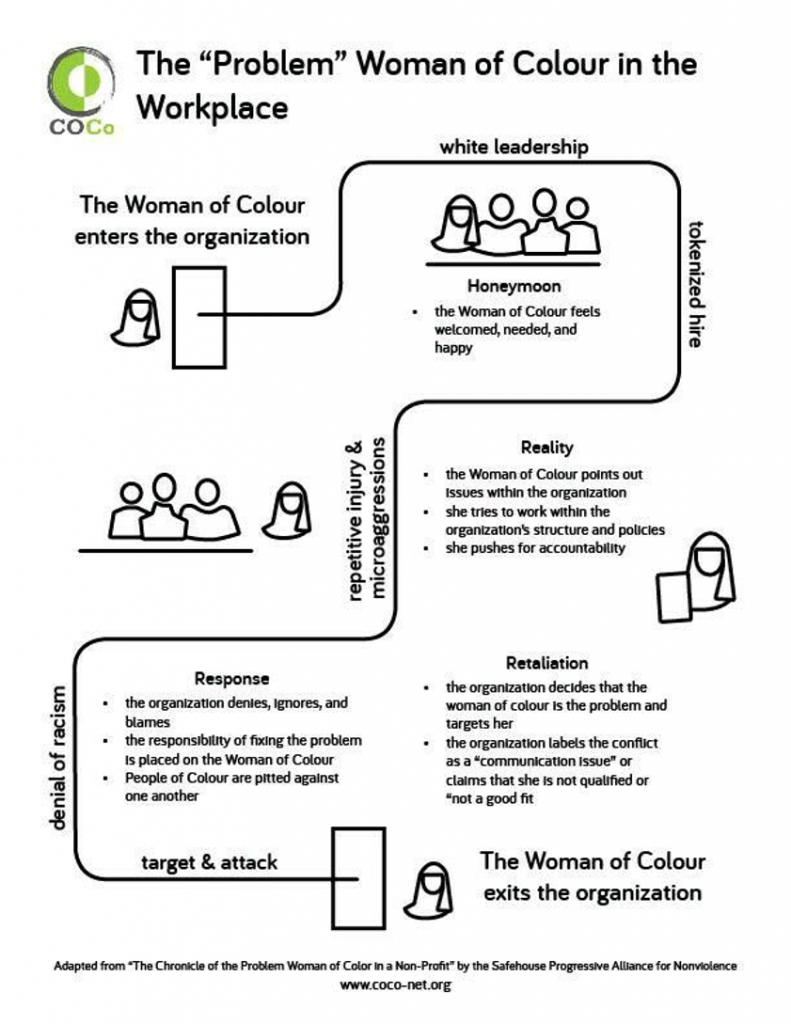Focus on Retention Before Recruitment to Strengthen Your Organization’s DEI Strategy

Recent studies are proving what many have suspected for years: More diverse workforces outperform less diverse ones. McKinsey’s Diversity wins: How inclusion matters report, published in May 2020, states that companies in the top quartile of ethnic and cultural diversity were 36% more likely to outperform companies in the bottom quartile[1]. So, if your corporation is not ethnically and culturally diverse, then you do not currently have the best talent available.
How do corporations become more ethnically and culturally diverse? I have been involved in Diversity, Inclusion & Equity (DEI) work at Apple, AmeriCorps, and T-Mobile over the past 10 years, and I will share with you some of my lessons learned about how to better recruit and retain underrepresented talent.
Focus on Retention First
When organizations first realize they do not have a diverse staff population, their natural instinct is to hire more minorities. However, if you only focus on hiring underrepresented talent, you will fall into the revolving door syndrome where the people you work hard to hire continue leaving the company. While hiring more people may make your staff more diverse, it is a quick fix and will not produce lasting results. The key is to focus on retaining your current underrepresented talent and close the door where people are leaving your organization. I’m surprised by how few companies give as much focus to retention as they do to recruitment.
Retention requires intention as well as the willingness to examine pre-existing biases and face uncomfortable conversations, particularly if the senior leadership is predominantly white and male. In a recent well-reported case about Dr. Timnit Gebru, a high-profile AI ethics researcher who was fired from Google for sending an email in which she criticized the company’s lack of diversity, we have an example of how extremely valuable talent can be easily lost despite the best recruitment efforts.[2]
There is an infographic currently circulating and explains how this “leak” typically happens. The infographic, based on “The Chronicle of the Problem Woman of Color in a Non-Profit” by The Safehouse Progressive Alliance for Nonviolence, shows a woman of color entering an organization (often as a tokenized hire by white leadership), and feels welcome at first, but then goes on to experience microaggressions and dehumanization within the organization. When she speaks up about it, she is ignored or met with denial, and the responsibility to “fix” things is pushed upon her. The organization eventually decides that she is the problem and she “isn’t a good fit,” thus she exits the organization. The result is not only the loss of talent for the organization, but the organization is no more diverse than before they hired her.[3]

I have heard stories of the “leak” of cultural and ethnic minority employees. Following a merger at my friend’s company, the leadership team was trying to be more efficient and remove redundancies in some of the departments such as accounting and legal. What my friend noticed was that many minority employees had their roles eliminated, while their white counterparts stayed. My guess is that the leadership wasn’t being intentional about removing minority employees. The problem was the company wasn’t being explicitly intentional about retaining them.
Responding to the Leak
How do you know if there’s a “leak” in your organization? You can take a look around at who’s leaving for anecdotal evidence. Or, you could look at the exit demographics data from HR, if they’re willing to share it with you. It may be tricky to obtain exit demographics information as from a legal standpoint, most HR departments don’t want to disclose any data that hints towards discrimination.
What can you do if you notice a “leak” in your company? There are things anybody can do, regardless of your position in the company. Things such as advocacy, writing an email to the CEO, joining the local Employee Resource Group (ERGs), and being an active participant in the DEI programs that are available. If there are no diversity programs, you can start one and get executive sponsors. Advancing diversity and inclusion mostly require effort and influence, not necessarily positional authority.
If you have positional authority, such as if you’re a VP or above and have a say in the budget, funnel the funding from diversity recruitment to diversity retention. If you are a VP of a department, restructure your department’s incentives to place an emphasis on retaining underrepresented talent rather than recruiting. When you’re able to retain underrepresented talent, your recruiting efforts will be more fruitful and have longer-lasting effects.
Do you see a “leak” in
your company or a company you have worked for? I’d love to hear your
experiences and stories.
[1] Sundiatu Dixon-Fyle, Kevin Dolan, Vivian Hunt, and Sara Prince, Diversity wins: How inclusion matters, McKinsey & Company.
[2] Drew Harwell and Nitasha Tiku, Google’s star AI ethics researcher, one of a few Black women in the field, says she was fired for a critical email, Washington Post.
[3] Kira Page, The “Problem” Woman of Colour in the Workplace, COCo Highlight
This article is part of a series of articles on the importance of retention in DEI. Other articles in this series include:

[…] leadership teams takes intention, work, and planning. In my previous articles, we examined how retaining underrepresented talent as well as identifying where minority staff aren’t given promotions in your organization are keys […]